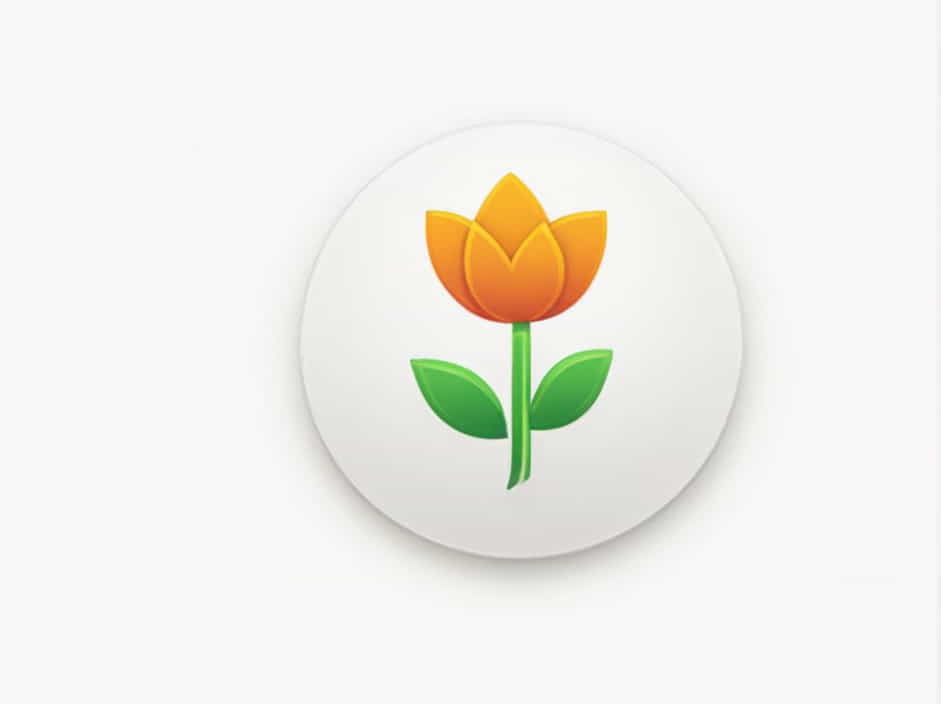Flowers are the reproductive structures of flowering plants (angiosperms) and are essential for the continuation of plant species. At the heart of every flower lies its innermost part, responsible for reproduction. This central structure plays a crucial role in the plants life cycle, ensuring pollination and seed formation. Understanding the components, functions, and significance of the innermost part of the flower provides valuable insight into plant biology.
Understanding the Structure of a Flower
Before diving into the innermost part of the flower, it’s essential to understand the basic structure. A typical flower consists of four major parts:
- Sepals (Calyx) The outermost whorl that protects the flower bud before blooming.
- Petals (Corolla) Brightly colored structures that attract pollinators.
- Stamens (Androecium) The male reproductive organs that produce pollen.
- Carpels (Gynoecium) The female reproductive structures found at the innermost part of the flower.
Among these, the gynoecium is the central and most vital part for reproduction, containing the pistil, which is the main female reproductive organ.
The Innermost Part of the Flower: The Gynoecium
The gynoecium is the collective term for the female reproductive structures of a flower. It consists of one or more carpels, each containing three key components:
1. Ovary
The ovary is the swollen basal part of the carpel, which contains ovules. After fertilization, the ovary develops into a fruit, and the ovules inside it mature into seeds. The ovary’s primary function is to protect the developing ovules and facilitate fertilization.
2. Style
The style is a slender stalk that connects the ovary to the stigma. It serves as a pathway for pollen tubes to reach the ovules for fertilization. The length and shape of the style vary between plant species, affecting how efficiently pollen can travel.
3. Stigma
The stigma is the topmost part of the pistil and is responsible for receiving pollen. It is often sticky or feathery to effectively trap pollen grains from the air or pollinators. Once pollen lands on the stigma, it germinates and sends a pollen tube down through the style to reach the ovary.
The Role of the Innermost Part in Plant Reproduction
The reproductive function of the flowers innermost part is critical for seed production and the survival of plant species. Heres how it works:
- Pollination Pollen from the stamen (male part) is transferred to the stigma of the pistil (female part) either through wind, water, insects, birds, or animals.
- Pollen Germination Upon reaching the stigma, pollen grains begin to grow a pollen tube down the style toward the ovary.
- Fertilization The male gamete (sperm cell) travels through the pollen tube and fuses with the ovule inside the ovary, forming a zygote.
- Seed and Fruit Development After fertilization, the ovule matures into a seed, while the ovary transforms into a fruit to protect and disperse the seeds.
Types of Gynoecium in Flowers
Flowers can have different types of gynoecium based on the number of carpels and how they are arranged:
- Monocarpellary Gynoecium A single carpel is present (e.g., pea flowers).
- Multicarpellary Gynoecium More than one carpel is present, which can be:
- Apocarpous Carpels are free and separate (e.g., lotus, buttercup).
- Syncarpous Carpels are fused together (e.g., tomato, hibiscus).
Why Is the Innermost Part of the Flower Important?
The gynoecium is essential not only for plant reproduction but also for the following reasons:
1. Seed Production
Without a functional gynoecium, plants cannot produce seeds, which are necessary for the next generation of plants. This ensures the continuation of species.
2. Genetic Diversity
Cross-pollination between different plants allows genetic variation, leading to healthier and more resilient plant populations.
3. Food Production
Many of the fruits and vegetables we consume come from fertilized flowers. For example, tomatoes, apples, and cucumbers all develop from the ovary after fertilization.
4. Ecological Balance
Flowering plants are crucial for ecosystems, providing food and habitat for pollinators such as bees, butterflies, and birds. The reproductive process of flowers sustains biodiversity.
Adaptations of the Innermost Part of the Flower
Plants have evolved different adaptations to enhance fertilization and reproduction, such as:
- Self-Pollination Some flowers have mechanisms to fertilize themselves without external pollinators (e.g., peas).
- Cross-Pollination Many plants rely on external agents like insects, wind, or water for pollination, increasing genetic diversity.
- Structural Adaptations Some flowers have long styles or specialized stigmas to capture pollen more effectively.
The innermost part of the flower, known as the gynoecium, plays a vital role in plant reproduction. It consists of the ovary, style, and stigma, which work together to ensure successful fertilization, seed formation, and fruit development. Understanding the structure and function of this reproductive organ highlights the importance of flowers in both ecological systems and human agriculture. From providing food to supporting biodiversity, the reproductive processes of flowers shape the world around us.
